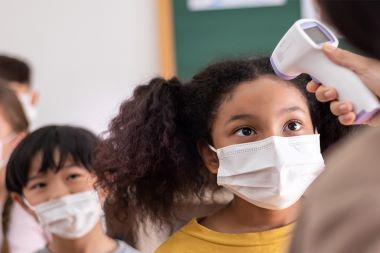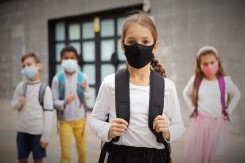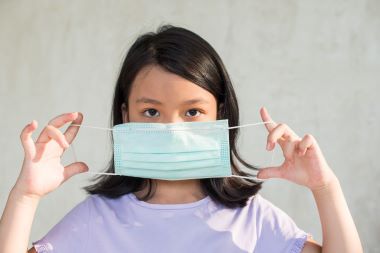Urgent message: Anovulatory cycles are the most common cause of heavy menstrual bleeding (HMB) in adolescent patients. Just as with adult patients in the urgent care setting, it is most important to identify unstable patients and those with life-threatening causes for HMB. Shikha Nigam, MD, MPH and Amy Pattishall, MD Case Presentation A 14-year-old female presents with 6 weeks of menstrual bleeding. Her cycles are irregular but she generally has 4 to 6 weeks of …
Read More









